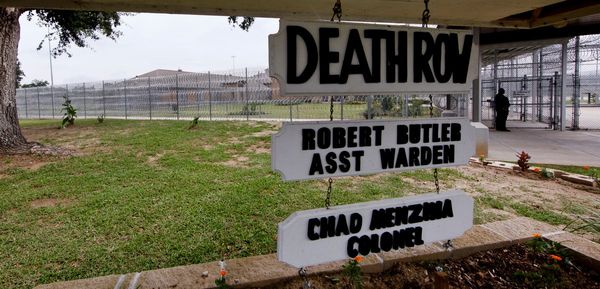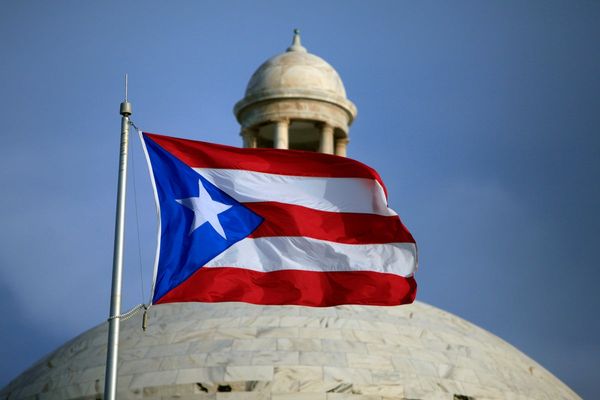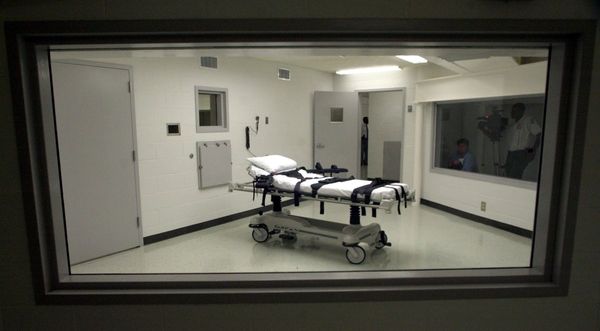
After a two-and-a-half year absence, tourists are finally returning to Labuan Bajo, a seaside town on the island of Flores in the centre of the Indonesian archipelago. But instead of seeing its famous giant Komodo dragons, visitors have faced protests, shuttered doors and moored boats.
Tourism operators shut their doors for three days from August 1, blocking visitors from entering the UNESCO heritage-listed Komodo National Park, which stretches across Komodo, Padar and Rinca islands and is home to about 6000 of the giant lizards. They were in a standoff with the local government, which had planned to inflate the cost of visitor passes by nearly 20 times.
A promotional video leaked to Crikey shows plans to develop Labuan Bajo into a luxury escape after similar tourism resort developments on Rinca and Komodo islands.
The new fees would allow only the wealthiest travellers to see the ancient animals via an annual membership pass costing $364 — rather than the previous fee of $19.
While limiting tourist numbers would assist with conservation efforts, the developments — dubbed “Jurassic Park” by locals — will not. Locals have also raised concerns about attracting tourists who will contribute to the resort rather than the local economy.
Luxury digs
Komodo dragons are the largest lizards on earth, growing up to three metres. The carnivorous reptiles have been known to kill locals, construction workers and stray tourists, though they mostly eat wild pigs, deer, birds — and their own newly hatched young. They are part of the region’s unique ecosystem and are not found anywhere else in the world.
While the government has said science and conservation are the focus of its development, local environmental groups say the focus is on money.
In 2020 a photo of a Komodo dragon facing off against a worker in a construction vehicle went viral. Despite the “Keep silent” signs dotted around the park, heavy machinery operates day in and day out to develop the resorts.
The dragons drew in more than 200,000 visitors a year before the pandemic; tourism is the main source of income for the region, generating close to $60 million in 2016 alone.
Development plans were first flagged in 2013, when the forestry ministry granted two private organisations permits to develop and invest in nature tourism across the national park.
The UN has repeatedly raised concerns around development. In 2021 the UNESCO World Heritage Committee urged the local government to halt all infrastructure developments until plans on conservation and its environmental effect were reviewed by the committee.
Tourism caps necessary — but prices ‘unfair’
About 222,000 tourists visited Komodo Island in 2019, and that number expected to hit almost half a million by 2045.
But tourism is also decimating local ecosystems: one study found the annual cap on visitors for conservation should be 219,000, with a maximum of 292,000, to curb ecosystem decline.
Rather than introducing limited tickets, the government has planned to develop Labuan Bajo, Komodo and Rinca as high-end escapes. The leaked video has images of TY-branded plushie toys, infinity pools and a high-end arts and performance centre.
Local restaurant owner Rahmat told Crikey he believed the price hikes unfair, raising concerns this category of tourist wouldn’t contribute to the local economy: “These kinds of tourists don’t want to rent a motorcycle or go to local-style restaurants.”
He agrees with developments to make the island accessible for the elderly or people with disabilities, but is against the cost. “Lots of people have money but they won’t want to throw it [away] like that,” he said, adding it was “unfair” to backpackers and students who interacted with local communities.
Indonesia isn’t alone: across the globe the price of luxury travel is increasing at a higher rate than regular travel.
Demonstrators clash with police
Although the price rise had been planned since 2020, the overnight inflation sent locals into uproar, with many refusing to work until the government backed down.
Several were arrested after going head to head with police officers, and tourists disembarking at Komodo Island were forced back to their boats or made to wait on the pier as the locals forced them away from the entrance.
Saputra works at the La Boheme Hostel on the Labuan Bajo waterfront. While there was a small trickle of tourists during the pandemic, he says the region took a huge hit with several restaurants closing.
Despite wanting to attract tourists, Saputra and the hostel took part in last week’s closures, allowing current guests to stay but not allowing new ones to enter. The hostel made up part of 24 local workers’ associations that took part in the demonstrations.
“The demonstrations went from morning to night,” he told Crikey. With the price increase, he believes tourism will completely dry up.
After the demonstrations, the government agreed to keep the price the same until the end of December, although the development and eventual increases remain on the cards.







